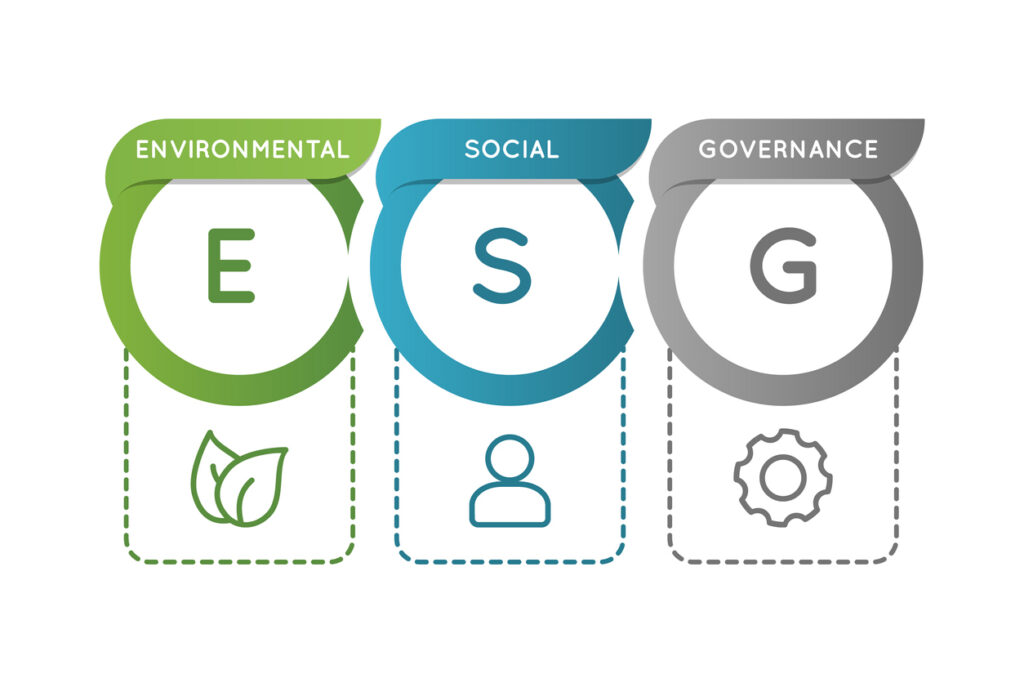In Part 1 of this post, we introduced the basics of ESG investing. In Part 2, we’ll dig a little deeper and take a look at two approaches to investing responsibly — screening negatively and impact investing.
Screening negatively: Staying clear of “sin” stocks
In an attempt to reflect their values, some investors prefer to disqualify so-called “sin” stocks and refrain from investing in companies that, for example, trade in tobacco or fossil fuels or adult entertainment or rare metal extraction. But, because many companies have some exposure somewhere to activities all along their supply chain that may run counter to ESG values, the opportunity set for investing this way can be limited.
Now, imagine on the other hand, an oil and gas company that’s been long involved in fossil fuel extraction, like the Alberta oil sands. That company would likely automatically be screened negatively by many ESG investors, for legitimate reasons. But what if that company is now actually spending great sums of money to pivot to renewable energy? As an investor, is it better to disqualify such a company outright? Or to evaluate it based on its potential to do good in the future? That’s where impact investing comes in.
Changing the culture from within
The idea behind impact investing is that, through a fund company or your own investments (if they’re large enough), ESG investors will own enough shares in a company to buy a seat onto the board and change the culture and values of the company from within.
It’s a bit more practical and forgiving an approach and, perhaps not surprisingly, the one we tend to favour — unless a client is passionate about screening negatively at all costs.
The reality is, as we mentioned above, it’s difficult to find companies that would 100% satisfy every ESG investing criteria and, as an investor, one could end up paralyzed attempting to follow a company’s supply chain or history from beginning to end. To paraphrase a famous saying: “there are no perfect companies in the world, only perfect intentions.”
Our goal therefore, in investing for our clients, is to reward the ESG behaviour we and our clients want to see while building strong well-diversified portfolios that use ethical along with other traditional building blocks.
It’s also worth keeping in mind that, environmental, social and governance policies matter more than they ever have. And any smart CEO understands that, increasingly, to attract capital and satisfy customers, his or her company won’t be in business much longer if they’re not scoring well through an ESG lens. In other words, a decade from now, whether they like it or not, all successful companies will likely be ESG companies.
How to get started
So what should you do about ESG investing? For starters, have a conversation with your advisor about how and whether this type of investing is right for your portfolio. But, in our view, the bottom line is this: we’re in the early innings of a long secular trend. Once, our societies burned wood, then coal then fossil fuels and now the shift is well underway to nuclear and wind and solar.
By deploying your investment dollars into the sustainability space now likely means you’re stepping into a wave of capital that’s headed in your direction. Even if you’re early, you’ll be on the right side of history and your expected long-term returns should be lovely.
Got more questions about ESG investing or other aspects to retirement and estate planning? Please don’t hesitate to reach out to us at any time.

